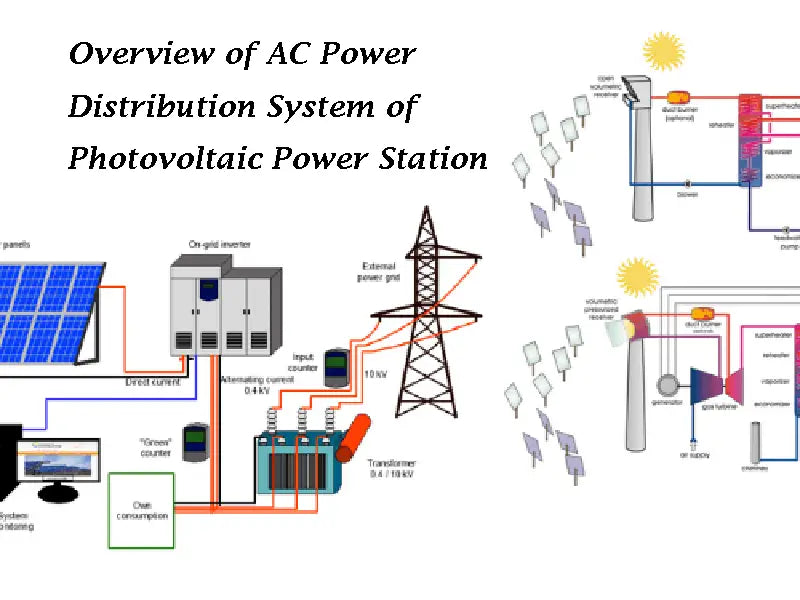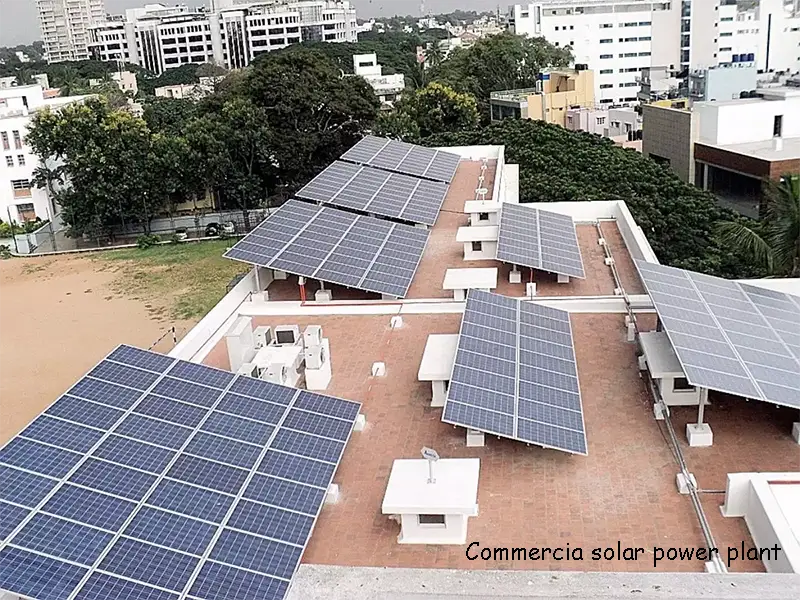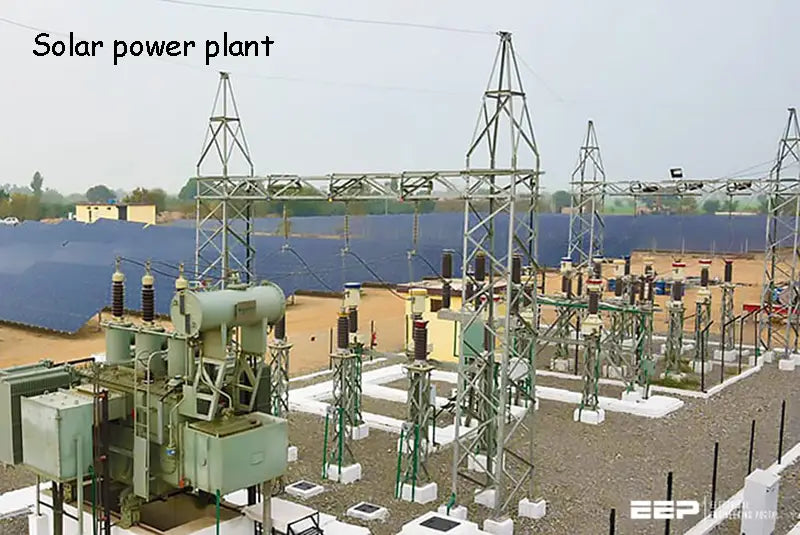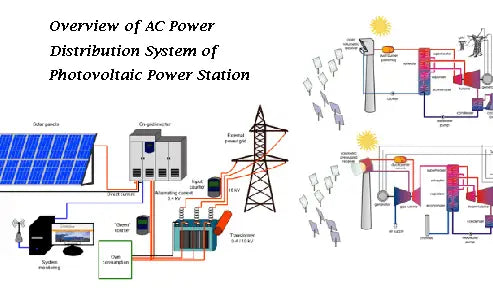
Main content:
1. Composition and classification of AC power distribution system of photovoltaic power station
The AC power distribution system of a photovoltaic power station is a power device used to receive and distribute AC power. Photovoltaic power station is mainly composed of control appliances (circuit breakers, isolating switches, compliance switches, etc.), protection appliances (fuses, relays, arresters, etc.), measuring appliances (current transformers, voltage transformers, voltmeters, ammeters, watt-hour meters, power factor meter, etc.), as well as busbars and current-carrying conductors.
According to the location of the equipment, the AC power distribution system can be divided into indoor power distribution system and outdoor power distribution system; according to the voltage level, it can be divided into high-voltage power distribution system and low-voltage power distribution system; according to the structure, it can be divided into prefabricated power distribution system Power distribution systems and complete power distribution systems.
Small and medium-sized photovoltaic power station generally has a small power supply range, and the use of low-voltage AC power supply can basically meet the electricity demand. Therefore, the low-voltage power distribution system has become a power device that receives and distributes electrical energy connecting the inverter and the AC load in the photovoltaic power station.

2. The main functions and principles of the AC power distribution system of photovoltaic power station
Due to investment restrictions, the current scale of Tibetan photovoltaic power station cannot fully meet the local electricity demand. In order to increase the reliability of the power supply of the photovoltaic power station, reduce the capacity of the battery and reduce the cost of the system, the power supply station is equipped with a backup diesel generator set as a backup power source. The functions of the backup power supply are as follows: First, when the battery runs out of power and the solar battery array cannot be replenished in time, the battery pack can be charged by the charging equipment of the backup diesel generator set, and at the same time, it can directly supply power to the load through the AC power distribution system. In order to ensure the normal operation of the power supply system; secondly, when the inverter or other components fail and the photovoltaic power station cannot supply power, as an emergency power source, the backup diesel generator set can be started to directly supply power to the user through the AC power distribution system. Therefore, in addition to providing the power output by the inverter to the load under normal circumstances, the AC power distribution system should also have the function of directly supplying power to the user from the power output by the backup emergency power supply under special circumstances.

It can be seen that the AC power distribution system of an independent photovoltaic power station should have at least two power inputs, one for the main inverter input and one for the backup diesel generator set input. In a photovoltaic power generation system equipped with a backup inverter, the AC power distribution system should also consider adding an input. In order to ensure the safety of the inverter and the diesel generator set, and to prevent the dangerous situation of the inverter and the diesel generator set supplying power at the same time, the switching function of the two input power sources of the AC power distribution system must have an absolutely reliable interlocking device, as long as the inverter If the power supply operation steps of the inverter are not completely eliminated, the diesel generator set will not be able to supply power; similarly, when the diesel generator set supplies power to the load through the AC power distribution system, it must be ensured that the inverter is absolutely not connected to the AC power distribution system.
The output of the AC power distribution system can generally be designed according to user requirements. Usually, the power supply guarantee rate of an independent photovoltaic power station is difficult to achieve 100%. In order to ensure the power supply demand of some special loads, the AC power distribution system should have at least two outputs, so that when the battery power is insufficient, one common output can be cut off. load, ensuring that power continues to be supplied to the main load. In some cases, the output of the AC power distribution system can also be three-way or four-way to meet different needs. For example, in some places, remote power transmission should be carried out, and high-voltage transmission and distribution should be carried out.

The basic principle structure of the main circuit of the AC power distribution system of the common photovoltaic power station is shown in the following figure. The figure shows the power distribution structure of two-way input and three-way output. Among them, K1, K2 are two electrical switches. The contactors J1 and J2 are used for the interlock control of the two-way input, that is, when the input 1 is energized and K1 is closed, the contactor J1 coil is energized and closed, and the contactor J12 will disconnect the input 2; When the input 2 is powered and K2 is closed, the contactor J22
automatically disconnects the input 1, which plays the role of interlock protection. In addition, the three outputs of the power distribution system are controlled by three contactors, which can be controlled according to the actual situation and the importance of each load.

















